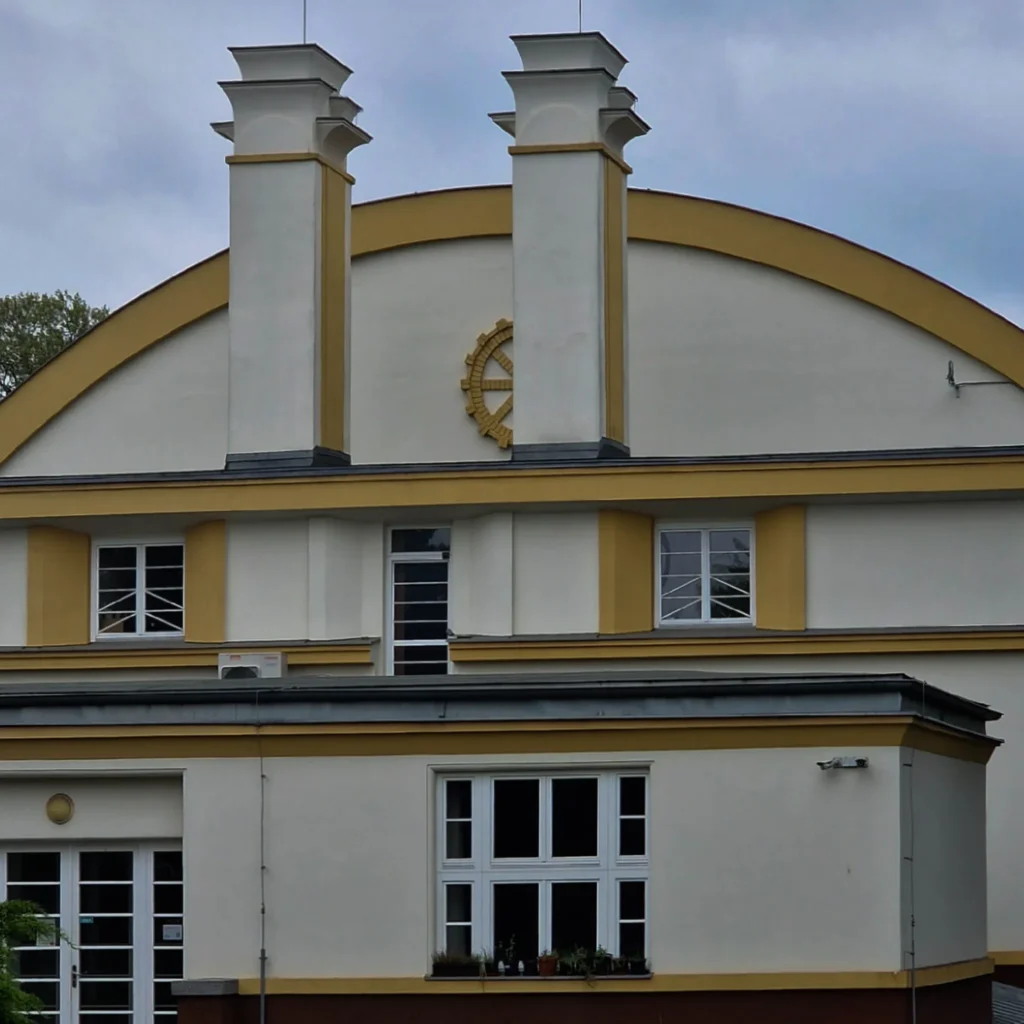Švehla hall
Architect: Jan Chládek
Year of completion: 1925
The strikingly colorful building of Švehlova Hall bears the name of Antonín Švehla, a politician from the First Czechoslovak Republic who contributed to the city’s architectural development. The construction of this grand six-story building, which includes a former cinema (now the „Venuše ve Švehlovce“ theater within the inner courtyard), was funded through a mortgage from the state, a lottery, and a cooperative share worth 500 Czech crowns, which each parent of an accommodated student had to pay. At the time, it was one of the most modern buildings of its kind in Europe. Nearly all original details have been preserved, including the Rondocubist facade, staircase, corridors, and rooms. Above the main entrance, there are four caryatids symbolizing the seasons, created by František Úprka.
In the 1950s, a new wing in the style of Socialist Realism was added to the Rondocubist building, adorned with period sgraffito. The hall has a rich history in terms of important events. Students were arrested here after anti-fascist demonstrations in 1939, and during the war, the hall was even occupied by fascists. During the communist era, it was called “5. května” and came under state administration, later transferring to the administration of Charles University.





